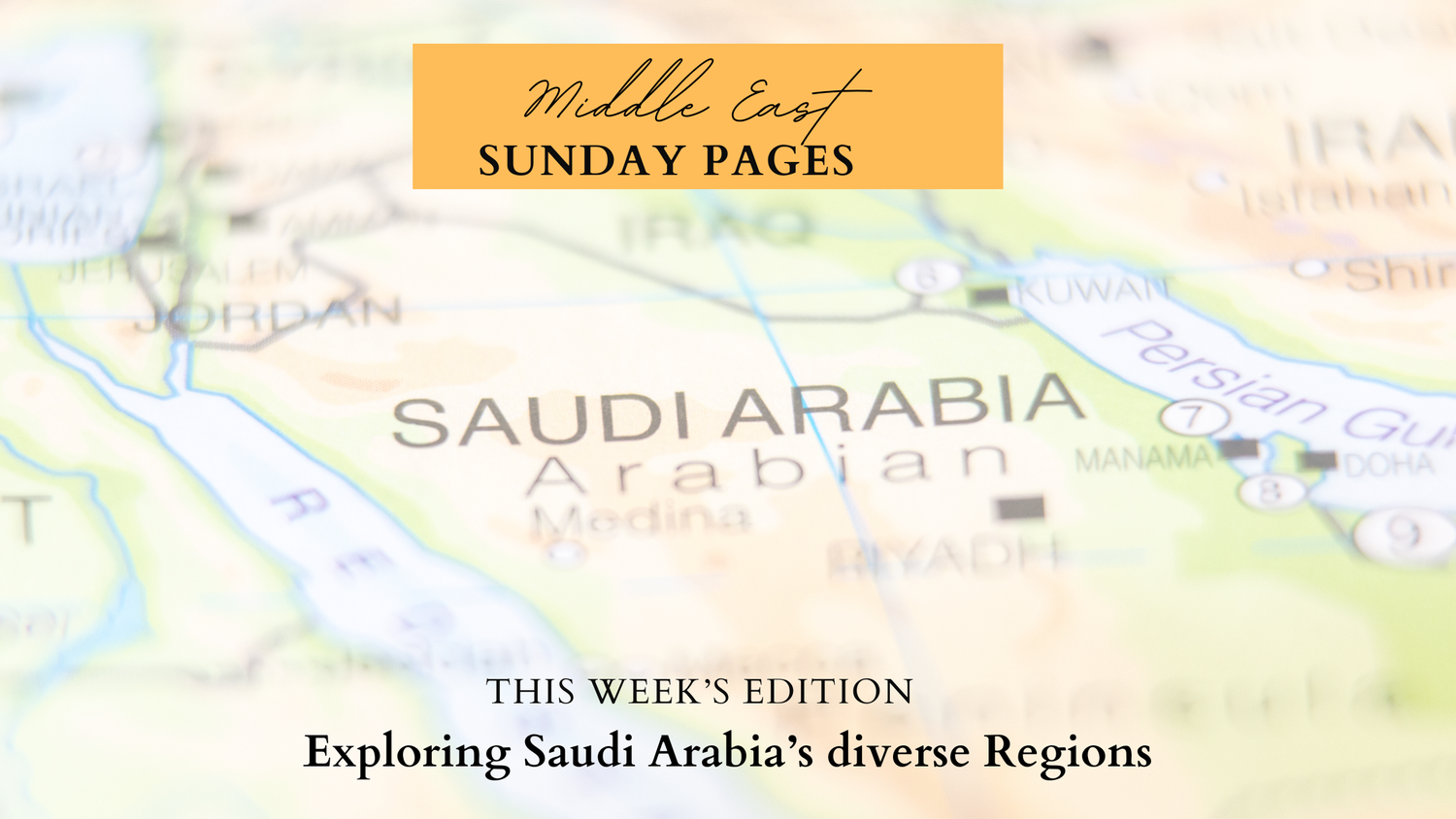
Exploring Saudi Arabia’s Diverse Regions
Saudi Arabia is the 12th biggest country of the world by area which makes it 9 times bigger than the United Kingdom, as comparison. Therefore it has quite some diverse regions, each with its own unique characteristics. Understanding these regional differences is crucial for anyone doing business or travelling in Saudi Arabia. In this post, we will explore the main regions of Saudi Arabia and how they differ. We will also discuss why it is important to understand these and how to get more support in learning about the Kingdom.
The Main Regions of Saudi Arabia
Central Region (Najd)
This is the heartland of Saudi Arabia, including the capital city Riyadh.
- The main Government Centre
- One of the largest Event Hubs (Riyadh Season)
- Centre for many Businesses (especially Riyadh)
Western Region (Hejaz)
This region includes the holy cities of Mecca and Medina, as well as the coastal city of Jeddah.
- More cosmopolitan due to pilgrimage traffic
- Diverse population with influences from many cultures
- Important for religious tourism
Eastern Province
This region is known for its oil industry and is home to cities like Dammam and Dhahran.
- Centre of the oil industry
- One of the largest provinces in Saudi
- Charming deserts and oases
Southern Region (Asir)
This mountainous region includes cities like Abha and Khamis Mushait.
- Cooler climate and green landscapes
- Unique architecture and traditional dress
- Growing tourism industry
Northern Region
This region includes cities like Tabuk and Ha’il.
- Rich in archaeological sites
- Home of many Giga Projects
- Developing tourism sector
How These Regions Differ
- Climate: The climate varies greatly across Saudi Arabia. The central region is hot and dry, the western coast is humid, the south has mountains and rainfall, while the north can be quite cold in winter.
- Dialect: While Modern Standard Arabic is used officially, local dialects can vary significantly between regions.
- Customs: Traditional customs and social norms can differ from region to region. For example, the central region tends to be more conservative, while coastal areas may be more relaxed.
- Economy: Different regions have different economic focuses. The east is centred on oil, the west on religious tourism, and the south is developing its general tourism sector.
- Food: Traditional dishes can vary between regions, influenced by local produce and historical influences.
Now, let us explore why it is so important to understand these regional differences:
- Cultural diversity: Understanding the regional differences helps Westerners appreciate that Saudi Arabia isn’t culturally monolithic. This challenges stereotypes and promotes a more nuanced view of the country.
- Business opportunities: Different regions have different economic strengths. Knowledge of these can help Western businesses identify opportunities and navigate local markets more effectively.
- Travel and Tourism: As Saudi Arabia opens up to more international visitors, knowledge of regional differences can enhance travel experiences and promote cultural respect.
- Religious significance: Understanding the distinct nature of regions like Hejaz, with its holy cities, can provide context for Islam’s importance in Saudi culture and global affairs.
- Environmental awareness: The diverse geography of Saudi Arabia, from deserts to mountains, highlights environmental challenges and conservation efforts in different climates and provide unique opportunities for innovative companies.
- Historical perspective: Each region has its own history, which contributes to a fuller understanding of Saudi Arabia’s complex past and its current global position.
- Cultural exchange: Knowledge of regional differences can facilitate more meaningful cultural exchanges and dialogues between Westerners and Saudis from various parts of the country.
Regional differences can lead to misunderstandings. For example, what is considered polite in one region might be seen as odd or even rude in another. Understanding these differences helps avoid awkward situations or unintentional offences.
We very much recommend to stay on top of events and ongoing news from the region as Saudi Arabia is very fast-paced. We have a great number of resources or you consider Star-CaT consulting to stay ahead of the game.

Understanding the diverse regions of Saudi Arabia is crucial for anyone looking to do business or travel in the country. These regional differences aren’t just interesting facts – they are important aspects of Saudi society that can have a major impact on how business is done and how people interact.
By taking the time to understand these regional differences, you show respect for the local culture, avoid misunderstandings, and set yourself up for more successful business relationships. Remember, it is not just about knowing that differences exist – it’s about understanding their significance and how they affect daily life and business.
While learning about these cultural and regional differences can be challenging, getting help from Experts can make the process easier and more effective. Investing in cultural understanding is an investment in your success in Saudi Arabia – you can start by subscribing to our free Middle East Insights Newsletter and consider the following resources.

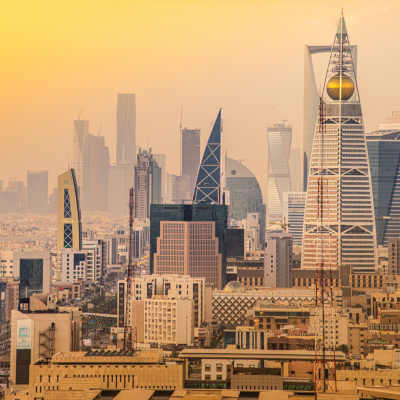
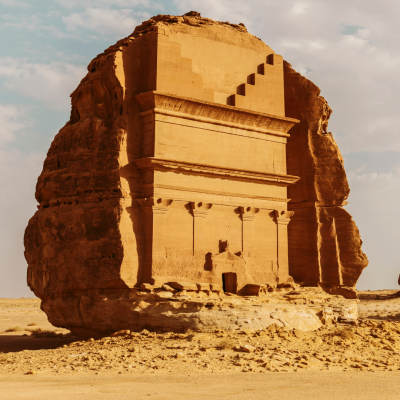
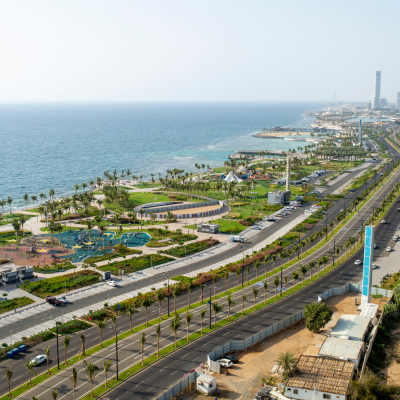
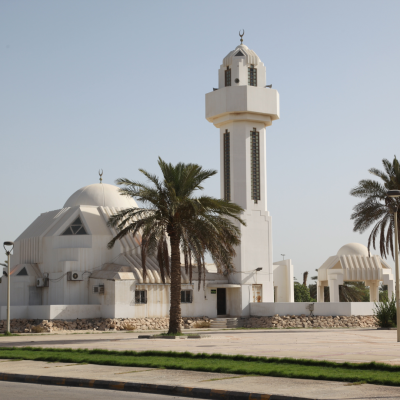
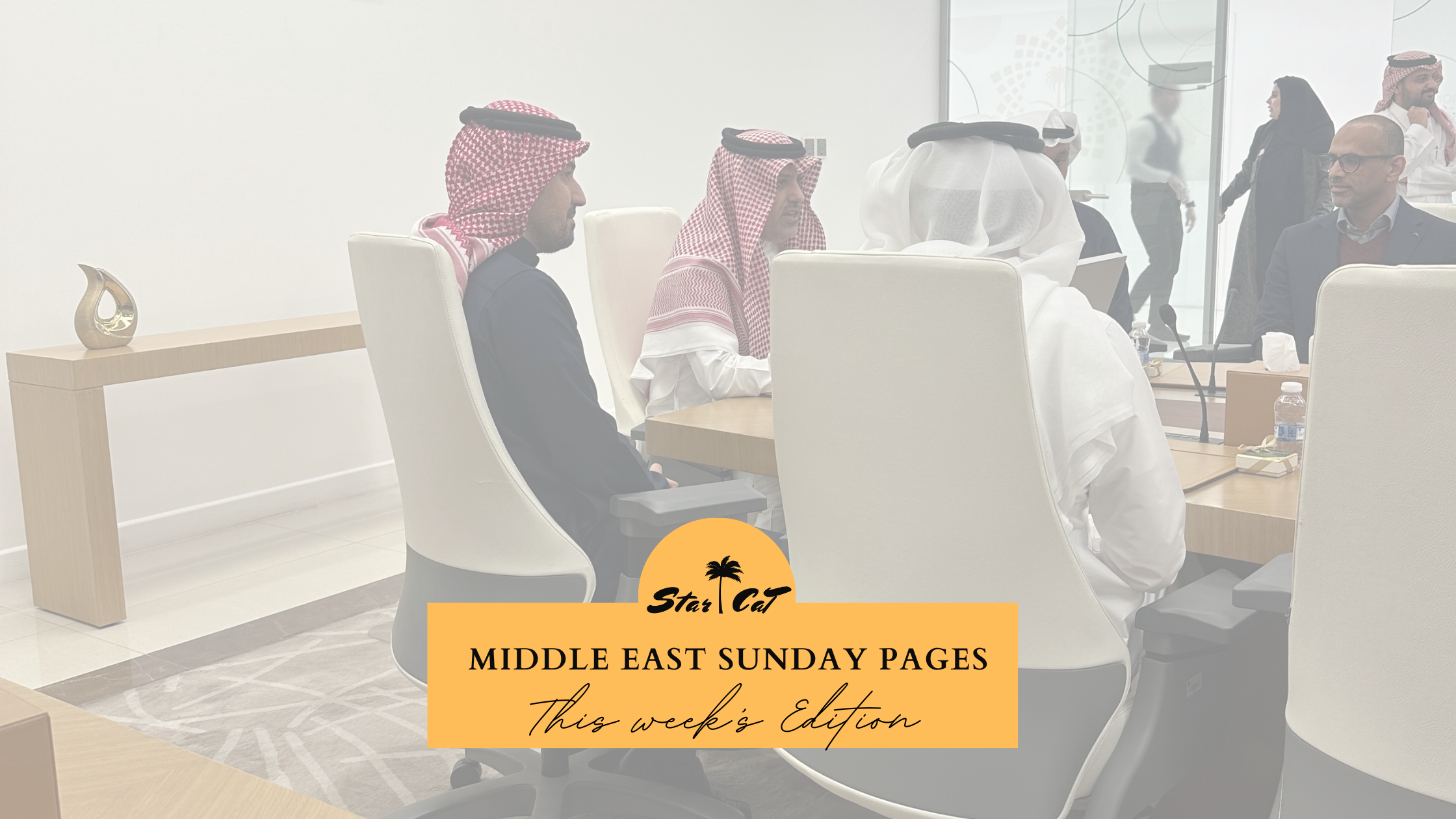
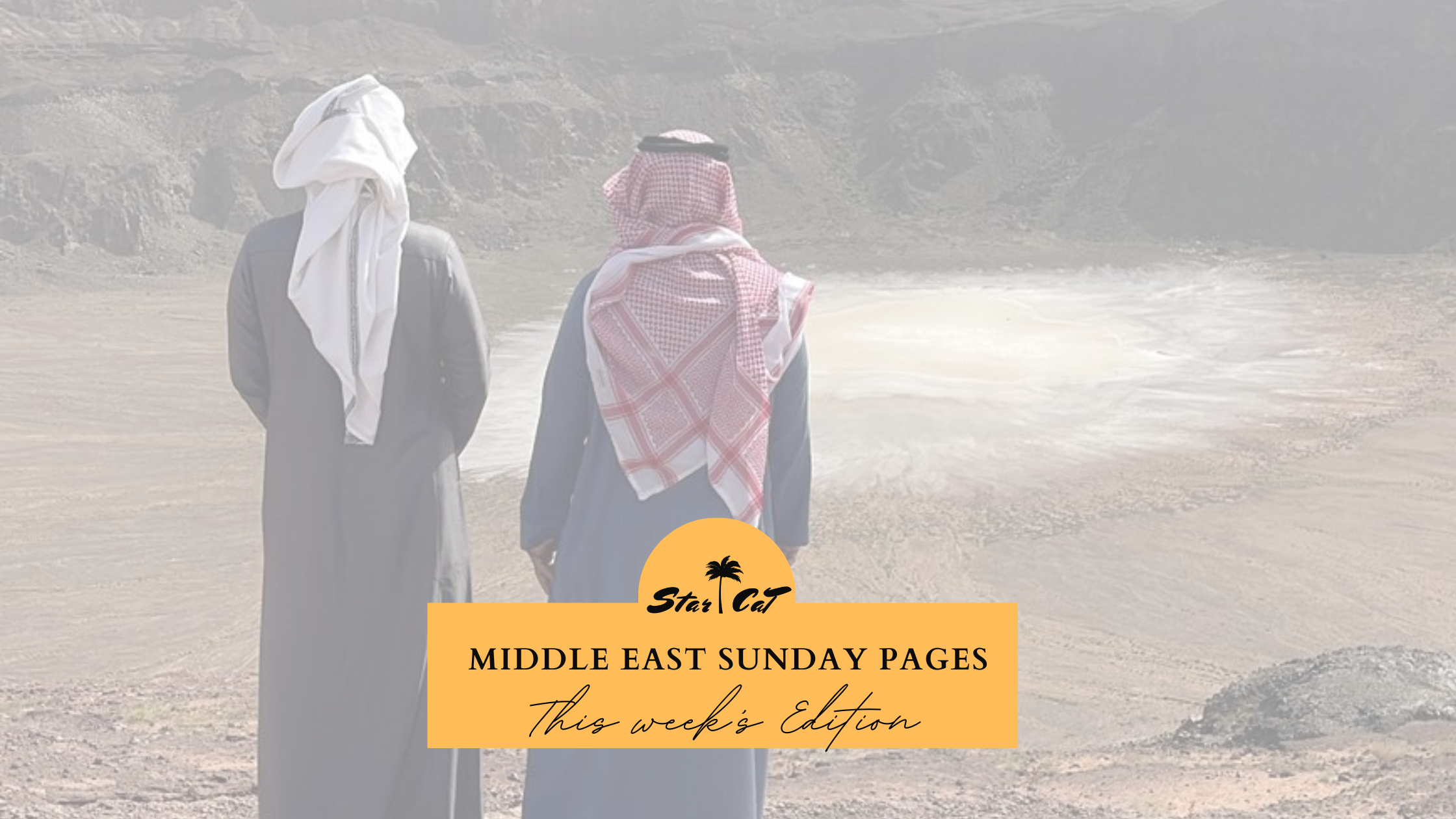

This Post Has 0 Comments